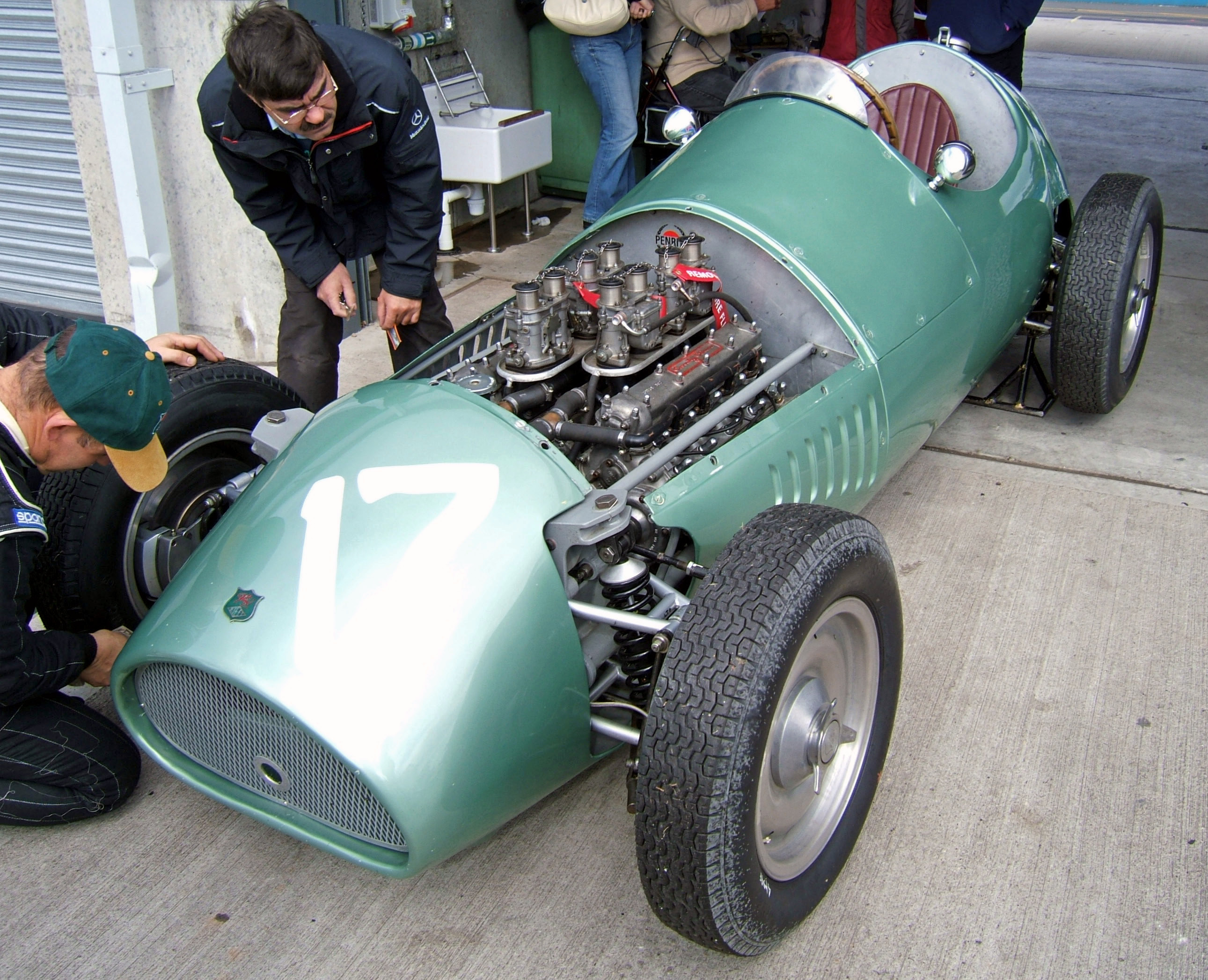Kieft Cars on:
[Wikipedia]
[Google]
[Amazon]

 Kieft Cars, founded by Cyril Kieft, was a British car company that built
Kieft Cars, founded by Cyril Kieft, was a British car company that built
Detailed history of Kieft's motor racing involvement
Manufacturing companies based in Wolverhampton Defunct motor vehicle manufacturers of the United Kingdom Sports car manufacturers British racecar constructors

 Kieft Cars, founded by Cyril Kieft, was a British car company that built
Kieft Cars, founded by Cyril Kieft, was a British car company that built Formula Three
Formula Three, also called Formula 3, abbreviated as F3, is a third-tier class of open-wheel formula racing. The various championships held in Europe, Australia, South America and Asia form an important step for many prospective Formula One dri ...
racing cars and some road going sports cars in a factory in Derry St, Wolverhampton
Wolverhampton () is a city, metropolitan borough and administrative centre in the West Midlands, England. The population size has increased by 5.7%, from around 249,500 in 2011 to 263,700 in 2021. People from the city are called "Wulfrunians ...
.''The Complete Encyclopedia of Motorcars, 1885 to the Present''. By G.N. Georgano, Dutton Press, New York, 2nd ed. 1973,
History
Cyril Kieft was born in Swansea and spent his early working life in the steel industry. After the Second World war he started up his own company ''Cyril Kieft and Co Ltd'' inBridgend
Bridgend (; cy, Pen-y-bont ar Ogwr or just , meaning "the end of the bridge on the Ogmore") is a town in Bridgend County Borough in Wales, west of Cardiff and east of Swansea. The town is named after the medieval bridge over the River Og ...
, Glamorgan, making forgings and pressings including components for the motor industry. He had an interest in motor racing and, when the Formula Three
Formula Three, also called Formula 3, abbreviated as F3, is a third-tier class of open-wheel formula racing. The various championships held in Europe, Australia, South America and Asia form an important step for many prospective Formula One dri ...
car manufacturer Marwyn failed, he bought their designs and used them as a base for his own 500cc car. Several of these were sold and some competition success resulted. Publicity was gained by successful attempts on a series of records at Montlhéry in France. One of the drivers was Stirling Moss, who explained the shortcomings of the cars. As a result of this, a new design was acquired, Moss and his manager Ken Gregory became directors, and the company moved to new premises at Reliance Works in Derry Street, Wolverhampton.
A new design by Gordon Bedson, who had joined the company from the aircraft industry, was produced in time for the 1951 Whit Monday Meeting at Goodwood where it won the Formula Three event driven by Moss. Don Parker was employed as works driver and won the British Formula Three Championship in 1952 and 1953.
Between 1953 and 1954, Kieft designed a Formula One
Formula One (also known as Formula 1 or F1) is the highest class of international racing for open-wheel single-seater formula racing cars sanctioned by the Fédération Internationale de l'Automobile (FIA). The World Drivers' Championship, ...
car. It was designed to accommodate a Coventry-Climax
Coventry Climax was a British forklift truck, fire pump, racing, and other specialty engine manufacturer.
History
Pre WW1
The company was started in 1903 as Lee Stroyer, but two years later, following the departure of Stroyer, it was relocat ...
Godiva engine, but the engine was not released in time due to fears it would be uncompetitive, and the project was shelved. It would later be acquired by Bill Morris, a former ERA driver, and restored for historic racing. The car finally debuted in September 2002 at a VSCC Silverstone meeting, with Cyril Kieft in attendance. It also raced in the 2006 Historic Grand Prix of Monaco.
In 1954, Kieft started to make a two-seater sports car which could also be used as a road car. Using a Coventry Climax
Coventry Climax was a British forklift truck, fire pump, racing, and other specialty engine manufacturer.
History
Pre WW1
The company was started in 1903 as Lee Stroyer, but two years later, following the departure of Stroyer, it was reloca ...
FWA engine, all independent suspension using transverse leaf springs at the rear and a lightweight glass fibre body the car was really a racing car and at £1560 it is doubtful if any were bought just as road cars.
The company was losing money and at the end of 1954 Kieft sold the company to racing driver Berwyn Baxter.
Kieft Cars left Wolverhampton in 1956 and moved to nearby Birmingham, where they concentrated on preparing and tuning other makes of cars. There were plans for a return to making Kieft cars but these failed to materialise. The company was sold again in 1960 and changed its name to Burmans.
See also
* List of car manufacturers of the United KingdomReferences
Sources
* G.N. Georgano "Adams-Farwell", ''The Complete Encyclopedia of Motorcars 1885-1968''. New York: E.P. Dutton and Co., 1974, p. 27. * G.N. Georgano, editor: ''The Complete Encyclopedia of Motorcars, 1885 to the Present''. Dutton Press, New York, 2nd ed. 1973,External links
{{Commons category, Kieft vehiclesDetailed history of Kieft's motor racing involvement
Manufacturing companies based in Wolverhampton Defunct motor vehicle manufacturers of the United Kingdom Sports car manufacturers British racecar constructors